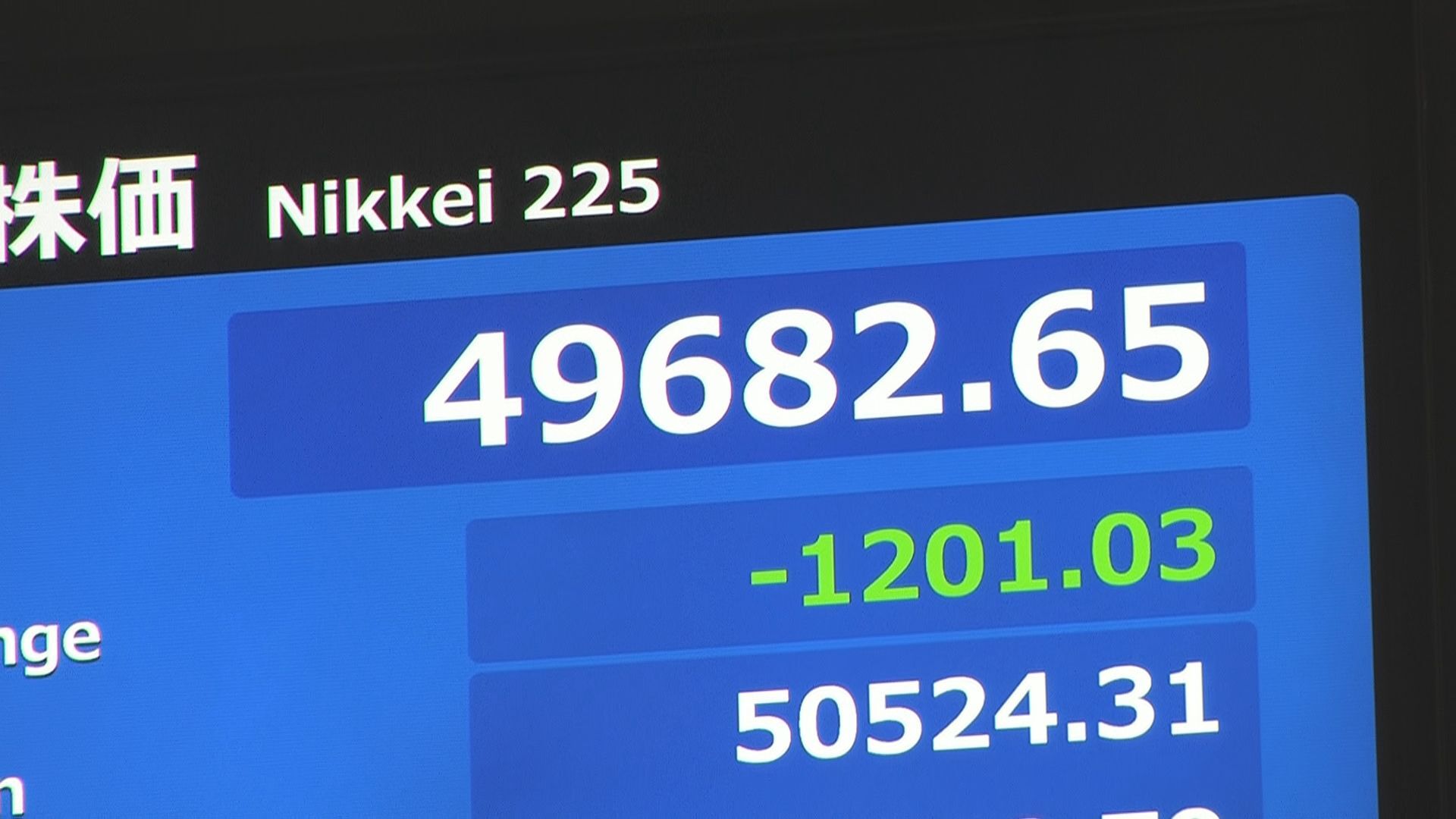
Sky-gazers worldwide may get the chance to see a celestial display this week as the annual Leonid meteor shower reaches its peak.
The Leonids are set to peak at 1 p.m. ET Monday, according to EarthSky. You may start glimpsing meteors at 11 p.m. Sunday local time, which is when the constellation Leo rises over the horizon. But it’s best to watch for them between 4 a.m. Monday and sunrise local time, said Robert Lunsford, fireball report coordinator for the American Meteor Society.
“Unlike a lot of (meteor) showers, the Leonids have a very sharp peak,” Lunsford said, adding there is only one good night for viewing.
The Leonids’ parent comet, 55P/Tempel-Tuttle, is to thank for this brief duration. The size of the comet’s debris trail is small, so Earth passes through it for a short amount of time.
The meteors you’ll see around 11 p.m. Sunday will be Earth grazers, Lunsford said, which means they’ll last longer than normal and will shoot across a large portion of the sky. “But you won’t see as many because a lot of the Leonid activity will be shooting downward below the horizon,” he added.
Under clear weather conditions, you can expect to see 10 to 15 meteors per hour.
Showers and storms
While a meteor shower is expected this year, the Leonids are known for occasionally producing tremendous meteor storms, with at least 1,000 meteors per hour.
The last Leonid meteor storm was in 2002. However, one of the most memorable storms occurred in 1966 when “we passed right through the center of one of the Leonid streams and rates were estimated at 40 meteors per second,” Lunsford said.
That storm had meteor activity so prevalent in the sky that meteors appeared to fall like rain.
High meteor activity coincides with when the comet 55P/Tempel-Tuttle reaches perihelion — its closest approach in orbit to the sun. It takes the comet 33 years to orbit the sun, so the larger Leonid meteor showers — and sometimes storms — tend to occur about every 33 years.
For a storm to happen, Earth has to pass through a dense part of the comet’s debris during perihelion, but sometimes our planet only skims the outskirts.
The next shower that will coincide with the comet’s orbital cycle will take place in 2033, but it is not expected to be a storm, Lunsford said. “We may see rates of around 100 an hour, which is comparable to the Geminids,” he said, “but we certainly don’t expect any storms which are 1,000 meters an hour.”
Upcoming meteor showers
Here are the peak dates of the two remaining meteor showers anticipated this year, according to the American Meteor Society and EarthSky.
Geminids: December 13-14
Ursids: December 21-22
Upcoming supermoon
Look out for the last full supermoon this year.
December 4: Cold moon
Sign up for CNN’s Wonder Theory science newsletter. Explore the universe with news on fascinating discoveries, scientific advancements and more.
For more CNN news and newsletters create an account at CNN.com
latest_posts
- 1
 Finding Europe's Head Traveler Objections: An Excursion Through Famous Attractions
Finding Europe's Head Traveler Objections: An Excursion Through Famous Attractions - 2
 キリンが缶2商品の販売停止へ アサヒグループHDのシステム障害が影響か(テレビ朝日系(ANN))
キリンが缶2商品の販売停止へ アサヒグループHDのシステム障害が影響か(テレビ朝日系(ANN)) - 3
 Top 20 Style Brands for Pioneers
Top 20 Style Brands for Pioneers - 4
 Car Investigation: A Survey of \Past the Outside\ Car
Car Investigation: A Survey of \Past the Outside\ Car - 5
 The most effective method to Plan an Incineration Administration: A Bit by bit Guide.
The most effective method to Plan an Incineration Administration: A Bit by bit Guide.
 Untamed life Safe-havens All over the Planet Offering Remarkable Creature Experiences
Untamed life Safe-havens All over the Planet Offering Remarkable Creature Experiences Islamic State group militants claim capture and execution of a Nigerian brigadier general
Islamic State group militants claim capture and execution of a Nigerian brigadier general Fake new headlights rule steer Australian drivers astray
Fake new headlights rule steer Australian drivers astray 6 Tire Brands Reasonable for Seniors
6 Tire Brands Reasonable for Seniors The Tradition of Stone: A Gander at Notable Structures Through the Ages
The Tradition of Stone: A Gander at Notable Structures Through the Ages 6 Useful Home Espresso Machines
6 Useful Home Espresso Machines 【緊急独占60分】ドジャース山本由伸がWBCへの思いを語った!「ベストを尽くして、その場所を目指したい」「一方で…慎重に決めていきたい」(文春オンライン)
【緊急独占60分】ドジャース山本由伸がWBCへの思いを語った!「ベストを尽くして、その場所を目指したい」「一方で…慎重に決めていきたい」(文春オンライン) Figure out How to Pick a Crematorium: Key Contemplations.
Figure out How to Pick a Crematorium: Key Contemplations. 【速報】日経平均株価 一時1200円超の下落 5万円台割れ(TBS NEWS DIG Powered by JNN)
【速報】日経平均株価 一時1200円超の下落 5万円台割れ(TBS NEWS DIG Powered by JNN)












